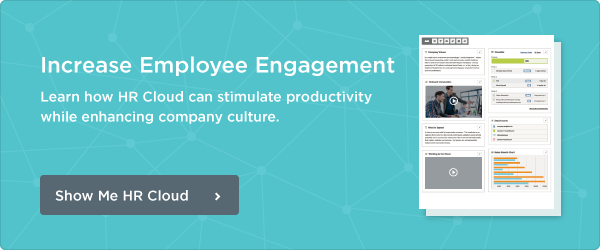We talk about cultural fit often, but what does it really mean? How do we actually assess this during an interview?
What is it?
Cultural fit is the ability of an employee to work comfortably in an environment that matches his own beliefs and values and then taking that same candidate and determining if they can work within your own culture. This can be a difficult task, especially if you’re in a hurry to fill jobs and meet deadlines. If your goal is to staff your project with a team that has the right skill set, but fail to understand cultural fit, you may find that you’re opening that same requisition a few months later.
Save yourself some time and money by using cultural fit as one aspect of the interview process.
Finding Balance
Interviews don’t always provide the information we need to make the right hiring decision, unless you’ve tailored the questions appropriately. For example, I remember interviewing for a job with no real questions. The manager assumed I had the right skill set and experiences for the job, so he just proceeded to tell me about himself, the job, and the company and then asked if I had any questions.
I left the interview with two perceptions. 1) That was a whirlwind. I didn’t have much of a clue as to whether I was the right fit for that role, and 2) I felt like there wasn’t significant interest in me, as a person. Did the interviewer really have a good understanding of me, my career goals and what I was looking for? I received a job offer, but declined it. I felt the process was sloppy and left me disinterested and with no desire for that “second date.” If this was what the candidate experience was like, what would the actual job experience look like? I didn’t want to sign on to find out.
In this scenario, the manager failed to give insight into culture, team makeup, or expectations. It’s more of a “let’s read the job description” and go from there interview.
Getting it Right
The interview lacked the right combination of insight, questions and responses. The interview is your chance to determine fit—both skill and cultural. Consider including a few of these behavioral questions in your next interview for a better set of data points:
1. Describe the work environment or culture in which you are most productive and happy.
2. What are the characteristics exhibited by the best boss you have ever had or wished that you have had?
3. Describe what you believe are the most effective roles that a good manager plays in his or her relationship with reporting staff members.
4. What are the positive aspects of your current job and work environment, or the last position you held before coming to this interview?
5. How would reporting staff members describe their relationship with you? What would they like to see you do more of, less of, start, and stop?
Ask the right questions and be prepared for follow up questions. Here’s a tip: schedule an interview day. The candidate should meet with at least 3 different managers or teams. Ask consistent questions and take notes. After the interviews, debrief with all interviewers. Were there common concerns or questions? Often, when we have multiple points for review, we can better assess cultural fit as well.
Brand Matching
If your employer brand doesn’t match what your candidates are seeing, you’ve got a problem. You’ll find that candidates are arriving to interviews with a certain mindset that drives the responses to your questions, the questions they will ask you, and the perception of the company in general. If the interviewers are not aligned to the brand and fail to tell the story in a consistent manner, you’ve lost your candidate.
If you find that your employer brand looks one way on the outside but is not the same internally, work now to make those changes. Think of it this way: your brand visibility is like a children’s story book. A great book has consistent messaging throughout, with illustrations that support the messaging. The story is clear. However, if your story doesn’t match the pictures, candidates can’t follow along. It’s confusing, prompts anxiety, and causes more questions about what the job will really look like.
Something to consider: start writing down questions that your candidates ask you. Read over the questions on a regular basis. Are there questions that are similar? Prompt concern? Do you find a pattern that needs to be addressed? For example, I’ve noticed that some of my client’s millennial candidates tend to ask about work/life balance. My client is working to incorporate this in to their employer branding, so it’s front and center.
Don’t Forget Technology
Remember, the right onboarding technology can help streamline your cultural fit efforts and boost the overall candidate experience. Start with an app based technology that provides options for seamless form submission and then moves the candidate through the onboarding process with opportunities for increased exposure to company mission, values and goals. Use technology in addition to the relationships you’re building with candidates. That’s where success starts.
How do you assess and hire for cultural fit in your organization?
Let us know in the comments!

